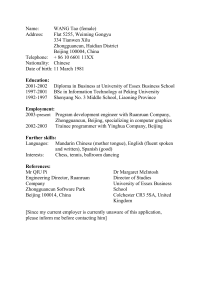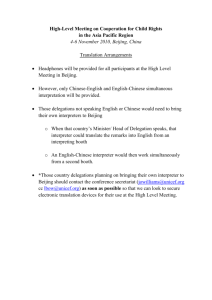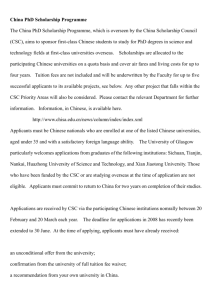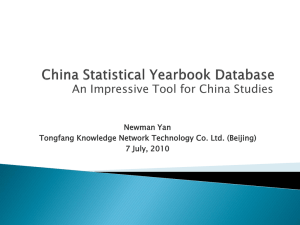On Scale of 0 to 500, Beijing`s Air Quality Tops `Crazy Bad` at 755
advertisement
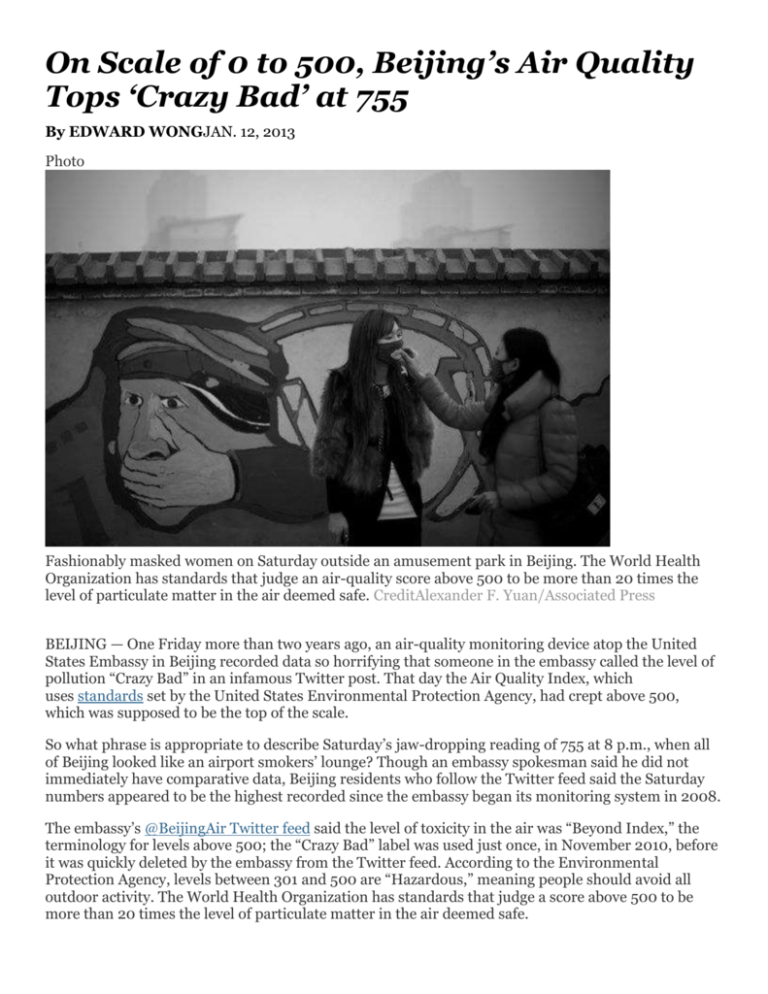
On Scale of 0 to 500, Beijing’s Air Quality Tops ‘Crazy Bad’ at 755 By EDWARD WONGJAN. 12, 2013 Photo Fashionably masked women on Saturday outside an amusement park in Beijing. The World Health Organization has standards that judge an air-quality score above 500 to be more than 20 times the level of particulate matter in the air deemed safe. CreditAlexander F. Yuan/Associated Press BEIJING — One Friday more than two years ago, an air-quality monitoring device atop the United States Embassy in Beijing recorded data so horrifying that someone in the embassy called the level of pollution “Crazy Bad” in an infamous Twitter post. That day the Air Quality Index, which uses standards set by the United States Environmental Protection Agency, had crept above 500, which was supposed to be the top of the scale. So what phrase is appropriate to describe Saturday’s jaw-dropping reading of 755 at 8 p.m., when all of Beijing looked like an airport smokers’ lounge? Though an embassy spokesman said he did not immediately have comparative data, Beijing residents who follow the Twitter feed said the Saturday numbers appeared to be the highest recorded since the embassy began its monitoring system in 2008. The embassy’s @BeijingAir Twitter feed said the level of toxicity in the air was “Beyond Index,” the terminology for levels above 500; the “Crazy Bad” label was used just once, in November 2010, before it was quickly deleted by the embassy from the Twitter feed. According to the Environmental Protection Agency, levels between 301 and 500 are “Hazardous,” meaning people should avoid all outdoor activity. The World Health Organization has standards that judge a score above 500 to be more than 20 times the level of particulate matter in the air deemed safe. In online conversations, Beijing residents tried to make sense of the latest readings. “This is a historic record for Beijing,” Zhao Jing, a prominent Internet commentator who uses the pen name Michael Anti, wrote on Twitter. “I’ve closed the doors and windows; the air purifiers are all running automatically at full power.” Other Beijing residents online described the air as “postapocalyptic,” “terrifying” and “beyond belief.” The municipal government reported levels as high as 500 on Saturday evening from some monitoring stations. The Chinese system does not report numbers beyond 500. Nevertheless, readings in central Beijing throughout the day were at the extreme end of what is considered hazardous according to the United States Environmental Protection Agency standards. (By comparison, the air quality index in New York City, using the same standard, was 19 at 6 a.m. on Saturday.) Pollution levels in Beijing had been creeping up for days, and readings were regularly surging above 300 by midweek. The interior of the gleaming Terminal 3 of the Beijing Capital International Airport was filled with a thick haze on Thursday. The next day, people working in office towers in downtown Beijing found it impossible to make out skyscrapers just a few blocks away. Some city residents scoured stores in search of masks and air filters. Still, there was little warning that the United States Embassy reading would jump above 700 on Saturday. Some people speculated that the monitoring system, which measures fine particles called PM 2.5 because they are 2.5 microns in diameter or smaller, might have malfunctioned once it got beyond 500. But Nolan Barkhouse, an embassy spokesman, said the monitor was operating correctly. It was unclear exactly what was responsible for the rise in levels of particulate matter, beyond the factors that regularly sully the air here. Factories operating in neighboring Hebei Province ring this city of more than 20 million. The number of cars on Beijing’s streets has been multiplying at an astounding rate. And Beijing sits on a plain flanked by hills and escarpments that can trap pollution on days with little wind. Meanwhile, one person hiking at the Great Wall in the hills at Mutianyu, north of Beijing, took photographs of crisp blue skies there. Xinhua, the state news agency, reported on Dec. 31 that Beijing’s air quality had improved for 14 years straight, and the level of major pollutants had decreased. A municipal government spokesman told Xinhua that the annual average concentration of PM 10, or particles 10 microns in diameter or smaller, had dropped by 4 percent in 2012, compared with one year earlier. Chinese officials prefer to publicly release air pollution measurements that give only levels of PM 10, although foreign health and environmental experts say PM 2.5 can be deadlier and more important to track. There has been a growing outcry among Chinese for municipal governments to release fuller air quality data, in part because of the United States Embassy Twitter feed. As a result, Beijing began announcing PM 2.5 numbers last January. Major Chinese cities have had the equipment to track those levels, but had refused for a long time to release the data. The existence of the embassy’s machine and the @BeijingAir Twitter feed have been a diplomatic sore point for Chinese officials. In July 2009, a Chinese Foreign Ministry official, Wang Shu’ai, told American diplomats to halt the Twitter feed, saying that the data “is not only confusing but also insulting,” according to a State Department cable obtained by WikiLeaks. Mr. Wang said the embassy’s data could lead to “social consequences.”

